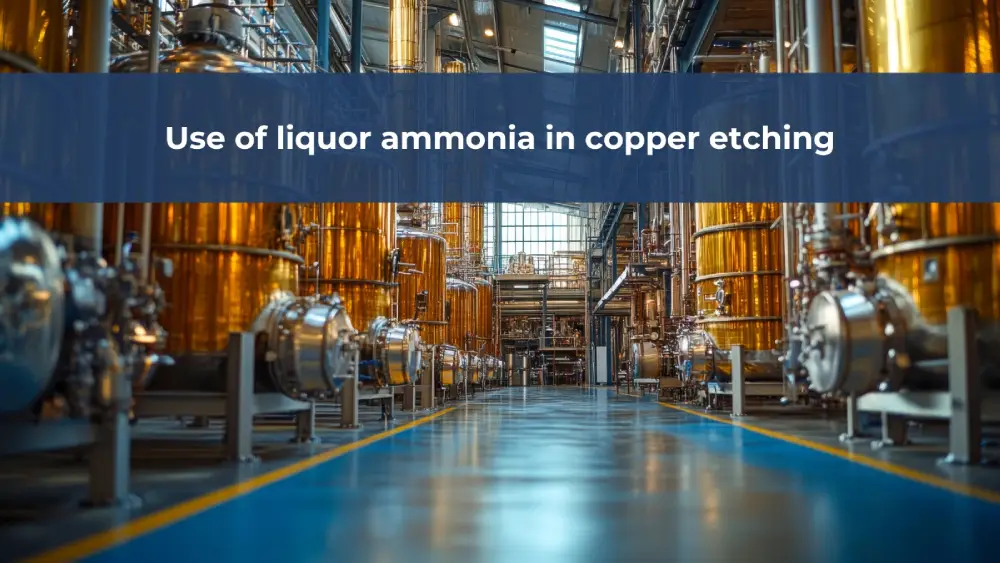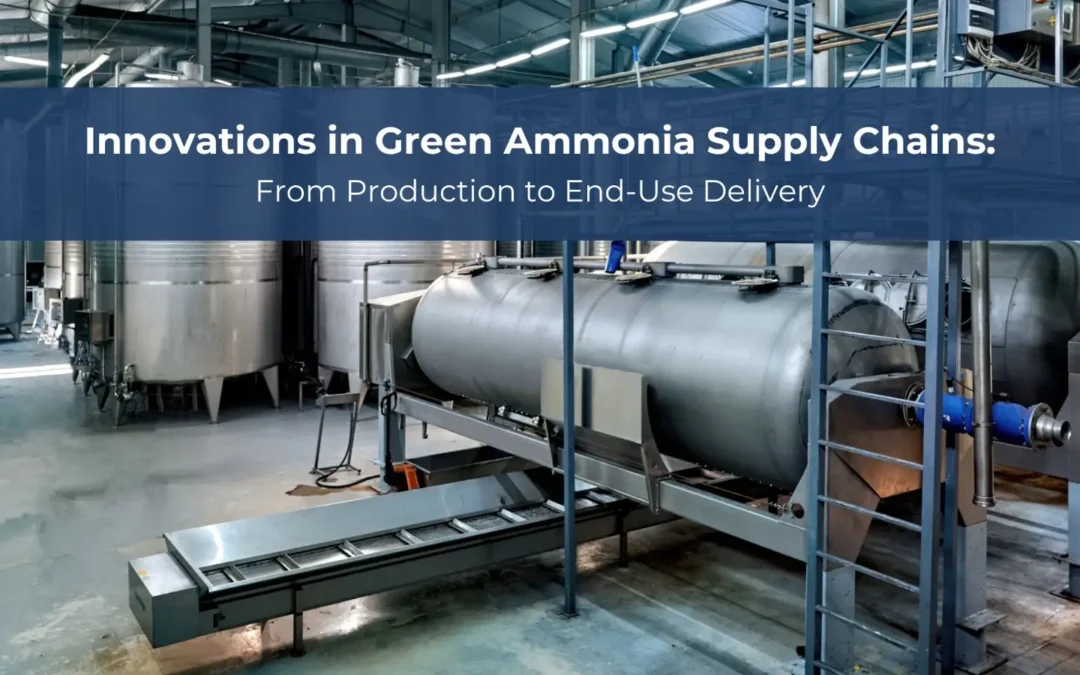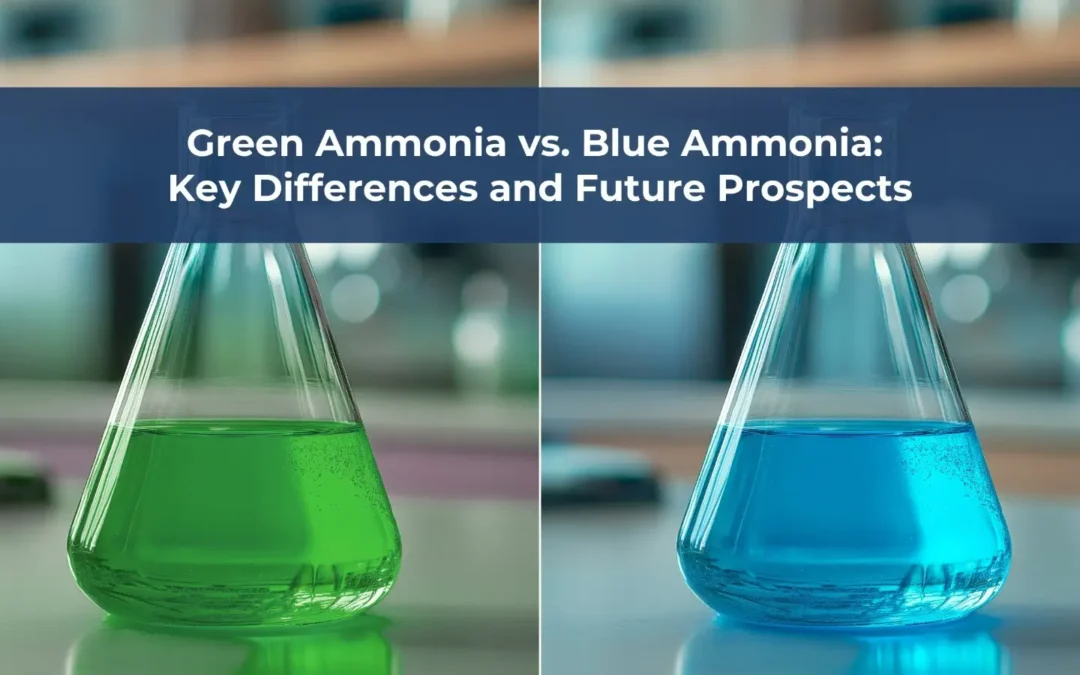Copper etching is a foundational process in industries like electronics, manufacturing, and metal crafting. It involves selectively removing copper from a surface to create patterns, circuits, or designs. Among the chemical agents used in this process, liquor ammonia plays a critical role. This blog explores how liquor ammonia is used in copper etching, the science behind its effectiveness, and safety considerations associated with its use.
Understanding Liquor Ammonia
Liquor ammonia, also known as aqueous ammonia or ammonium hydroxide, is a colorless, pungent liquid formed by dissolving ammonia gas (NH3) in water. The resulting solution is alkaline and can act as a complexing agent, making it valuable in various industrial and laboratory applications. It typically contains 25-30% ammonia by weight and is available in different grades depending on the intended application.
Copper Etching Basics
Etching is the process of removing unwanted material from a metal surface using chemical reactions. For copper, the goal is usually to produce intricate patterns or conductive tracks in printed circuit boards (PCBs). Traditional copper etching agents include ferric chloride, cupric chloride, and ammoniacal solutions. Each etchant has unique advantages and disadvantages in terms of etch rate, precision, and waste disposal requirements.
Why Liquor Ammonia?
Liquor ammonia is often employed in the form of ammoniacal etching solutions, especially in the manufacture of PCBs. Its primary function is to form a soluble complex with copper ions, facilitating the controlled removal of copper from the substrate.
Here’s why it is favored:
- Selective Reactivity: Liquor ammonia reacts with copper to form complex ions like [Cu(NH3)4]2+, which are water-soluble and can be easily washed away.
- Alkaline Medium: The high pH of liquor ammonia provides a suitable environment for controlled etching, preventing over-etching and undercutting.
- Regenerative Properties: In some etching systems, ammonia can be recovered and reused, reducing chemical waste and operating costs.
The Chemistry Behind Ammoniacal Etching
The process of copper etching using liquor ammonia typically involves ammonium persulfate or hydrogen peroxide as an oxidizing agent, which works in tandem with ammonia. Here’s a simplified version of the chemical reactions involved:
- Copper metal (Cu) is oxidized to copper ions (Cu2+) by an oxidizing agent.
- The Cu2+ ions then react with ammonia (NH3) to form a complex:
This complex is soluble in water, allowing it to be easily removed from the etched surface. The reaction is exothermic and must be carefully controlled to avoid excessive heating or loss of ammonia through evaporation.
Applications in Printed Circuit Board (PCB) Manufacturing
In PCB manufacturing, precise etching is crucial to ensure that circuits function as intended. Ammoniacal etchants based on liquor ammonia are particularly effective in subtractive etching processes, where unwanted copper is removed to leave behind desired circuit patterns. The use of liquor ammonia ensures that the etch is uniform, clean, and minimally invasive to surrounding material.
Process Parameters and Optimization
To achieve consistent etching results with liquor ammonia, several factors need to be controlled:
- Temperature: Optimal etching occurs around 40°C to 50°C. Higher temperatures can increase the rate of reaction but also lead to ammonia loss.
- Ammonia Concentration: Must be carefully monitored to maintain effectiveness. Too little ammonia results in incomplete complexation; too much can lead to excessive vapor emissions.
- Agitation: Gentle stirring or circulation ensures uniform exposure of copper surfaces to the etchant.
- Oxidizer Levels: Sufficient oxidizing agent (like H2O2) must be present to maintain the conversion of Cu to Cu2+.
Safety and Environmental Considerations
While liquor ammonia is effective, it poses several risks if not handled properly:
- Toxic Fumes: Ammonia vapors are pungent and irritating to the respiratory system. Proper ventilation and fume hoods are essential.
- Corrosiveness: It can corrode certain metals and cause chemical burns. Use appropriate protective equipment (gloves, goggles, aprons).
- Waste Management: Spent etching solutions must be neutralized and disposed of according to local environmental regulations. Recycling systems can help reduce the environmental footprint.
Alternatives and Limitations
Though effective, liquor ammonia is not suitable for all etching scenarios. It can be volatile and requires careful storage. In some specialized applications, alternatives like ferric chloride or sodium persulfate may be preferred due to different reactivity profiles or waste handling capabilities.
Final Thoughts
Liquor ammonia plays a pivotal role in copper etching, particularly in the electronics industry. Its ability to form stable, soluble complexes with copper makes it an indispensable tool for creating precise and clean patterns on copper surfaces. However, its use demands a strong understanding of chemical handling and process control to ensure safety and efficiency.














